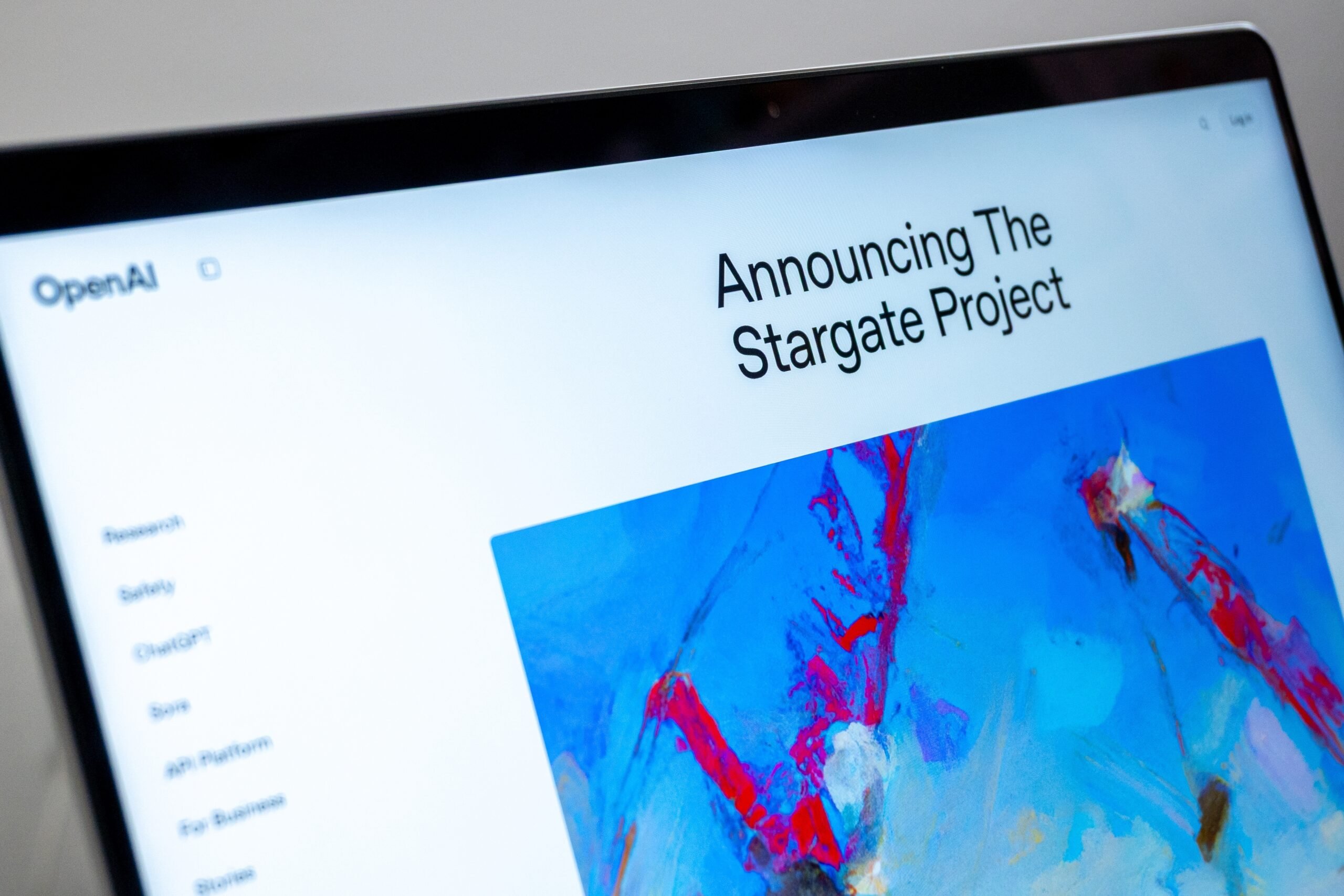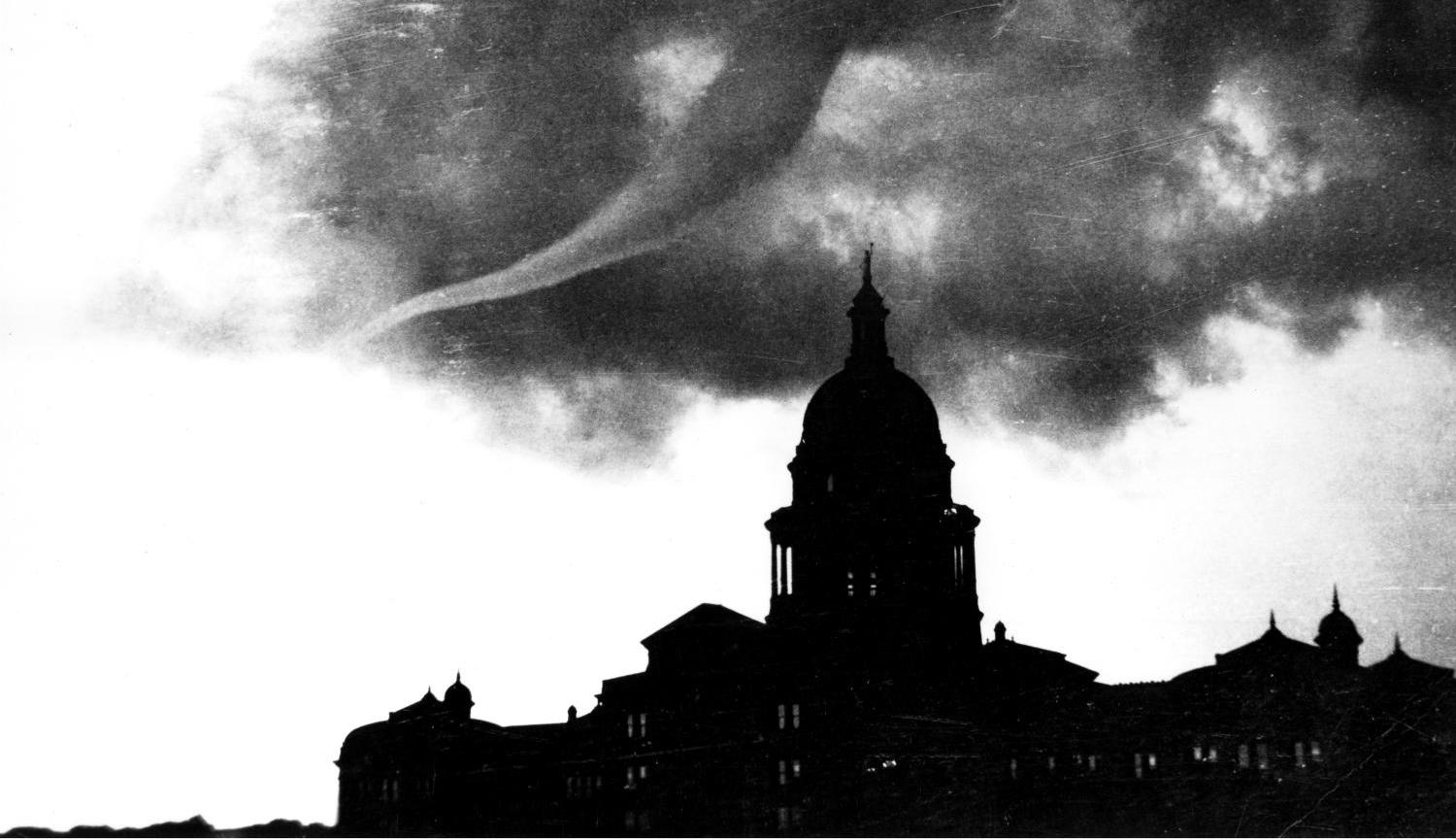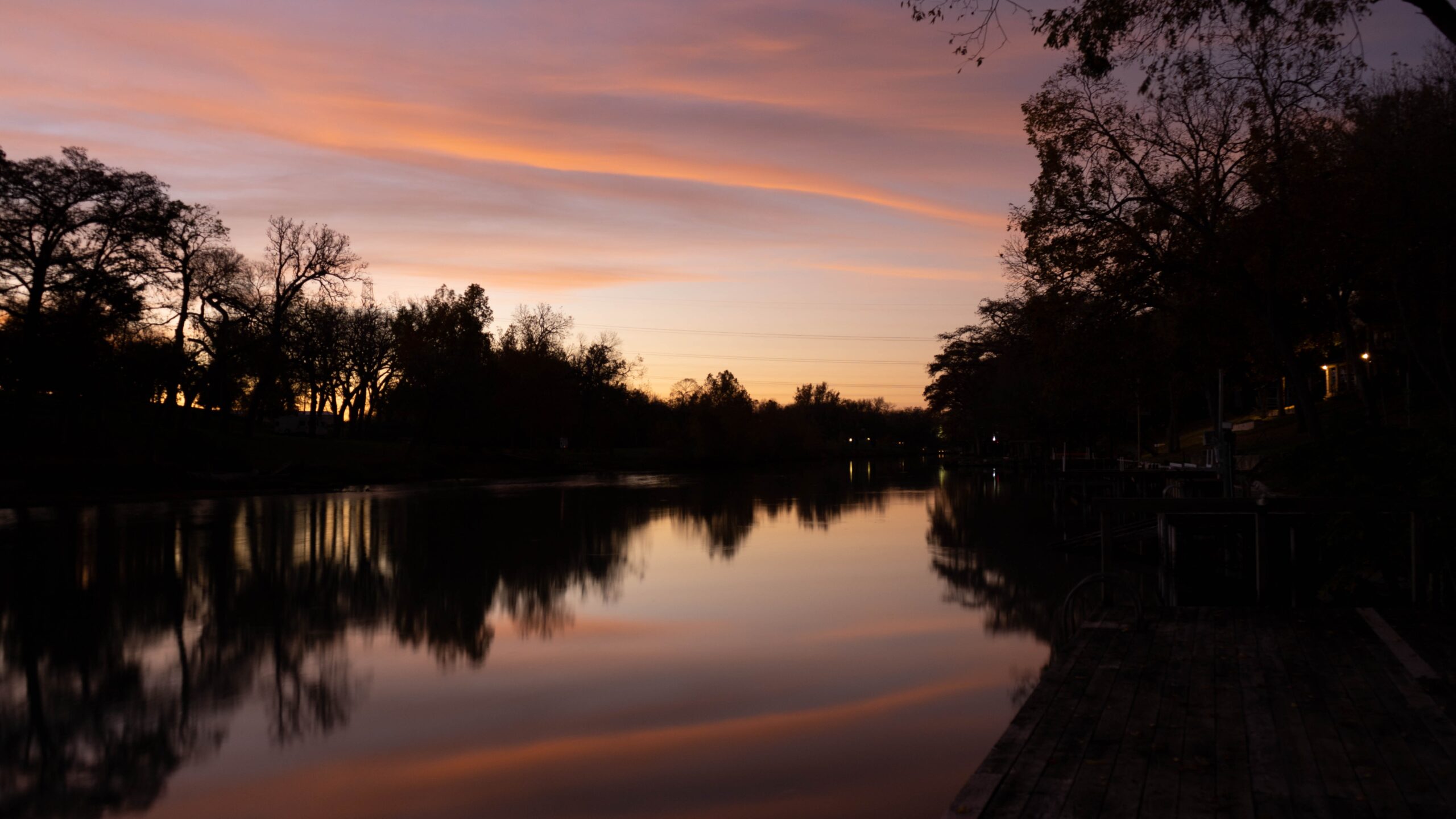The Participation Divide: Separate and Unequal in Digital Media?
Kimberly Ellis, a Pittsburgh-based scholar and social media guru, was a tech-savvy young girl who picked up coding easily but was never taught how to harness her digital abilities. It was her early experience with “the participation divide,” she says, a term researchers use to describe the differences in how African Americans and Latinos and whites use digital media and access information online.
“We have to change how we talk about the digital divide, since it used to be about a physical computer,” said Ellis, among a handful of African American and Latino presenters at South by Southwest Interactive, a weeklong media and technology conference in Austin. “We’ve bridged the divide in terms of access. Now the new divide is training, information access and startups. What are we doing around issues of coding and design? It’s not just getting online anymore.”
While African Americans and Latinos still lag behind whites in home Internet access, they are using smartphones to go online in significant numbers. Yet as the mobile web continues to expand, scholars and researchers note that African Americans and Latinos have yet to utilize the Internet’s power for developing media, networking and bridging language barriers.
Between 2000 and 2010, the Pew Internet Project reports, the proportion of Internet users who were African American or Latino nearly doubled from 11 percent to 21 percent. Though blacks have adopted broadband use at home in significant numbers, African Americans continue to trail whites in broadband use: Fifty one percent of black adults access the Internet at home via desktop compared to 65 percent of white adults.
The lower cost of accessing the Internet on the mobile web has changed the landscape of the digital division. African Americans and Latinos are the most numerous and active users of the mobile web, according to Kathryn Zickuhr, a researcher with the Pew Internet Project at the Pew Research Center’s Internet and American Life Project. “The picture of Internet access today is completely different. It’s not a binary between ‘Yes, you have Internet access,’ or ‘No, you don’t,’” she said.
In 2010, the Pew Internet Project found that 18 percent of African Americans and 16 percent of English-speaking Hispanics used wireless solely from their cell phones, compared with 10 percent of whites. Altogether, an estimated 25 percent of smartphone owners use their phones as their main access to the Internet, Zickuhr said. They tend to be “younger, lower income, lower education and African American and Latino.” African American and Latino mobile web users also use Internet access on their phones for a greater range of tasks, from sending e-mails to watching video to checking bank account balances, she said.
In Latino communities, phones might be used for translation services in a bilingual household. Latinitas, a digital magazine for Latinas based in Austin and with programs in El Paso, has noticed this trend among the 3,500 girls it serves. Laura Donnelly, chief operating officer of Latinitas, says an estimated 95 percent of the girls her volunteers train to produce and navigate the Internet do not have computers at home. Through the magazine, the girls learn to use Twitter and YouTube, and they are starting to learn how to develop their own applications.
Despite the active involvement of people of color in using services like geo-social tagging, sending photos and using other online applications, the production of technology in Latino and African-American communities is still relatively rare. The next frontier of mobile web access is bridging the participation divide, says digital media expert and University of Texas associate professor S. Craig Watkins. While minority youth in particular may be skilled in interacting with each other on social networking sites, Watkins told Steve Brooks for a 2011 Texas Enterprise article, “They need opportunities to create, share, and distribute content rather than just consume content. They need skills related to creating new technology, writing new technology and leveraging technology to solve the problems of their communities.”
Watkins was a keynote speaker at the South by Southwest education conference, which preceded the interactive event. Baratunde Thurston, director of digital at The Onion, was a keynote speaker at Interactive. A panel on the aftermath of CNN’s “Black in America” special on African Americans in Silicon Valley included CNN reporter Soledad O’Brien, Jason Samuels, who produced the documentary, and participants in New Me, the pioneering technology accelerator focused on African Americans. The panel discussed issues raised by low minority representation in technology.
Latino speakers at Interactive included Sergio Alcocer, president of LatinWorks, who discussed the challenges of marketing to the nation’s growing number of ethnic minorities. Another panel addressed how to boost the “social media mindshare” among minorities.
Ellis found her calling to narrow the participation divide in 2010 after reading an article in Slate about African-American Twitter users, accompanied by Twitter icons wearing fitted baseball caps and gold chains. The article attempted to illuminate what made hashtags and memes authored by black people—called “blacktags” by the author— so popular, but provided little concrete data to back up anecdotes about how African Americans use social media in general.
To set the record straight, Ellis, whose Twitter handle is @Drgoddess, began writing about the positive cultural aspects of black Twitter. For instance, when BET considered ending it’s popular television show, “The Game,” the Tweets from many of the show’s fans helped the show regain a spot on the air, Ellis said.
She first learned about South by Southwest Interactive in 2010, and attended for the first time, flanked by other blacks in technology, in 2011. She presented for the first time this year; her panel, “The Bombastic Brilliance of Black Twitter,” was aimed at exploring the crowdsourcing and feedback of the microblogging site’s heaviest users—information she thinks is worth millions of dollars to companies hoping to tap the African-American market.
More than that, the African American Twittersphere is a celebration of the creativity that cultural differences can bring to cyberspace. Ellis said that Twitter is a favorite among African-Americans because “It reflects us … it says that we like to talk to each other and that we like to be around other black, complex people, funny people. We’re attracted to each other’s black genius. There isn’t any space in the mainstream for black genius, but we found it on Twitter.”
More broadly, Ellis said that her experience at SXSW has given her hope that African Americans and Latinos can finally start bridging what she calls the “new digital divide” by taking advantage of new accelerator programs. “I think (minorities) have turned a corner and it’s really up to us to keep up the momentum. The CNN special, in particular, reinvigorated the black tech community and because they talked about race and systemic inequality, I think it placed a new challenge on investors and entrepreneurs to provide more opportunity.”
J.Victoria Sanders is an Austin-based writer and journalist. Follow her @jvic.


